Bill Bryson, One Summer: America 1927
(Random House Audio, 2013) 17 hours and 3 minutes.
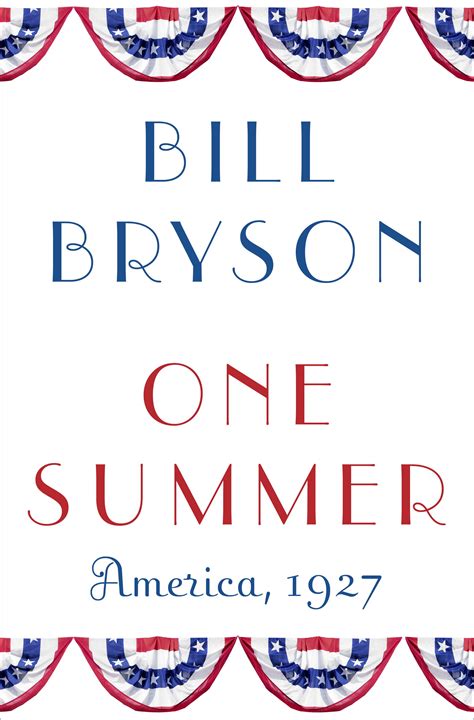
I can’t say I have given much thought of what happened in the summer of 1927, but Bryson is able to make the year come alive. It was a time when America was on top of the world in most areas except for aviation. Partly due to the Great War and the invocations made before our entrance into the war, Europe held the lead. By 1927, commercial passenger flights were flown between London and Paris. While few American cities had airports, most cities in Europe did. Against this background was the “race” to fly non-stop from the United States to Paris. Most people thought larger planes with a crew to handle the flying and the navigation were required. Many of the top contenders were Europeans. Then Charles Lindberg comes on the scene, flying solo in plane without even a front window. Lindberg had barnstormed and flew across country for the postal service. He would surprise the world as he flew across the Atlantic and landed in Paris. Afterwards, New York City gave Lindberg the largest ticker tape parade seen up to this point in history. He would tour the country receiving parade after parade.
Other things also happened in America in 1927. This included Babe Ruth hitting a season homerun record that stood until the early 1960s. It was also a great year for another support, boxing.
In the political world, President Calvin Coolidge, not known for many words, made a sparse announcement. He was on vacation in South Dakota, where he informed gathered reporters that he would not seek his party’s nomination for the Presidency in 1928. Also in South Dakota, workers started carving on Mt. Rushmore. Others feared archaists and the summer would include the execution of Sacco and Vanzetti, two suspected archaists. America feared communists and radicals led to restricted immigration. Others took an interest in eugenics, a pseud-science that sought to create a better humanity by discouraging births of those supposedly of those of an inferior race. The Klux Ku Klan also enjoyed a national revival with their anti-black, Jewish, and Catholic views.
Ford Motor Company shut down its production of the Model T during the summer as it retooled for the Model A. Henry Ford, himself, who had shown his antisemitic strips in his newspapers, would cease making such statements. In Hollywood, motion pictures began to shift toward the “talkies.” A private meeting between the top bankers from the United States, Great Britain, France, and Germany were held. Their decisions would guide the world toward the Great Depression.
Bryson ties together these stories and more in a readable and sometimes even in a humorous manner. At the conclusion of the book, he looks ahead to the troubles of the Great Depression and the rise of fascism which led to Lindberg’s downfall from the public eye. America’s beloved aviator had befriended many in Nazi Germany and encouraged the United States to remain neutral as war clouds began to gather.
As I have enjoyed all the books I’ve read by Byson (especially A Walk in the Woods and Thunderbolt Kid, this book was a delight. I recommend it as a look back at our country almost a century ago.
Fleming Rutledge, The Undoing of Death: Sermons for Holy Week and Easter
(Grand Rapids, MI: Eerdmans, 2002), 360 pages plus copies of historical artwork depicting Jesus’ passion and resurrection appearances and notes.
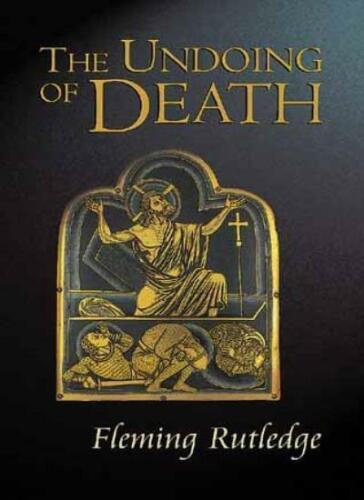
These 42 sermons begin on Palm Sunday and continue through Easter Week, with most falling on Good Friday. The cross is central to Rutledge’s theology. She develops her theology of God reaching out to humanity through the cross. She defends the cross from distractors who either ignore or downplay its role in salvation history. Most of these sermons were not preached on Sunday morning. Rutledge often humorously builds up her audience by congratulating them on their faithfulness for showing up at worship.
These sermons are faithful to scripture. Rutledge not only builds her message from the text supplied. She also draws on other passages from the Bible to support her message. Her sermons reflect on issues going on in the larger world. Sometimes, she mocks the Jesus Seminar and others who like to “publish” scandalous ideas about the faith around Holy Week. She also makes it clear in many sermons that all of us are responsible for Jesus’ death, that it is not something to be pinned on the Jews.
This is a classic series of sermons and I’ll return to this resource during holy week. While I have known of Rutledge’s work and have read her articles and sermons in magazines, this is only the second book of hers that I read. During the last Season of Advent I read her book, Advent: The Once and Future Coming of Jesus Christ. Like her Advent book, I recommend this collection of sermons.
Caroline Grego, Hurricane Jim Crow: How the Great Sea Island Storm of 1893 Shaped the Lowcountry South
Read by Diane Blue (University of North Carolina Press, Tantor Audio, 2022), 12 hours and 35 minutes.
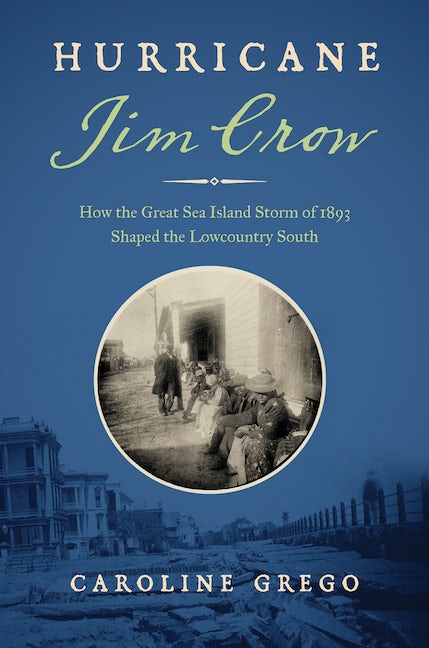
A late August 1893, a hurricane struck Hilton Head and the South Carolina lowcountry. The death toll included an untold number of African Americans who lived and worked in the region. The storm brought environmental destruction. Most of the crops died on the vine while salt water inundated many of the wells. Thousands of homes were unlivable, and the main industry (phosphate mining and fertilizer production) was ruined. The storm along with the rise of white supremacy would greatly change the region forever.
The 1893 storm occurred in the aftermath of the Reconstruction and as Jim Crow laws were enacted in the South. This created even more hardship for the former slaves in the low country. Grego explores the development of the region with its crops of sea island cotton and rice cultivation. Because the climate and disease, most of the whites who controlled the region abandon it during the summer months. The slaves in the low country developed a certain autonomy. Early in the Civil War, the Union captured parts of the low country. This allowed them places to refuel and supply ships setting up the blockade of the southern ports. And while the slaves were not immediately freed, this allowed them to live without the oppressive oversight of their owners. After the war, former slaves were able to own much of the land. Beaufort even had a black sheriff during this era. Most of the African Americans owned small farms that raised some cash crop along with subsistence food.
The storm was so destructive that it set in force a series of events that decreased the African American hold on the region. The Red Cross responded to the storm. They found themselves torn between those wanting white control of the region and the needs of the former slaves. Some white organizations within the state responded to a mistaken belief the Red Cross gave preferential treatment to blacks by creating a white-only relief organization. Grego explains how the white controlled governments surrounding the low country along with the state worked to encourage black migration. Theysought to bring this region into the Jim Crow era. Such events continued even into recent history as the region was “rediscovered” and many of the islands are converted to gated communities.
Of course, it was not only the storm that helped create an unfavorable environment that forced many of the blacks within the low country to move or to lose their land. Grego acknowledges the role of technology and cheaper production methods. Rice in the low country died out. This was because of fewer workers and cheaper methods of growing it in the Mississippi delta. The same is true with cotton, which also suffered from the boll weevil.
At the end of the book, Grego speaks of the “rediscovery” of the region. As it becomes a more popular destination, property prices and taxes go up, which continue to force out those whose families have lived on this land for centuries.
MY interest in the book and recommendations
I have been interested in this book since I first learned of it. From 2013 to 2020, I lived on Skidaway Island, in the low country of Georgia. This island was settled by former slaves after the Civil War. They abandoned the island after a later storm in the 1890s, I was curious as to the parallels. Grego mentions the other storms that destroyed communities along the coast and set up new communities on the mainland like “Pinpoint.” The residents of Pinpoint were known for seafood, especially oysters. Sadly, they lost their income in the 1960s when a causeway was built between the mainland and Skidaway Island. The causeway changed the salinity of the water and much of the area no longer produced oysters.
Grego mentions white “Red Shirts” who terrorized the black population in the later part of the 19th Century. I am curious about this group. A similar group also known as Red Shirts existed at the time in Wilmington North Carolina. In 1898, they brought terror on the black population of Wilmington and led a violent coup against the local government.
I wish I had read instead of listened to this book. The book is academic. While the woman who reads the book is clear and easy to understand, I found it choppy. By increasing the speed, I was able to mitigate this to some extent. As a warning, I am sure that many people might consider this book within the genre of “Critical Race Theory.” However, it’s history and we need to deal with it. I am glad to have read learned more about a region I called home for over six years.
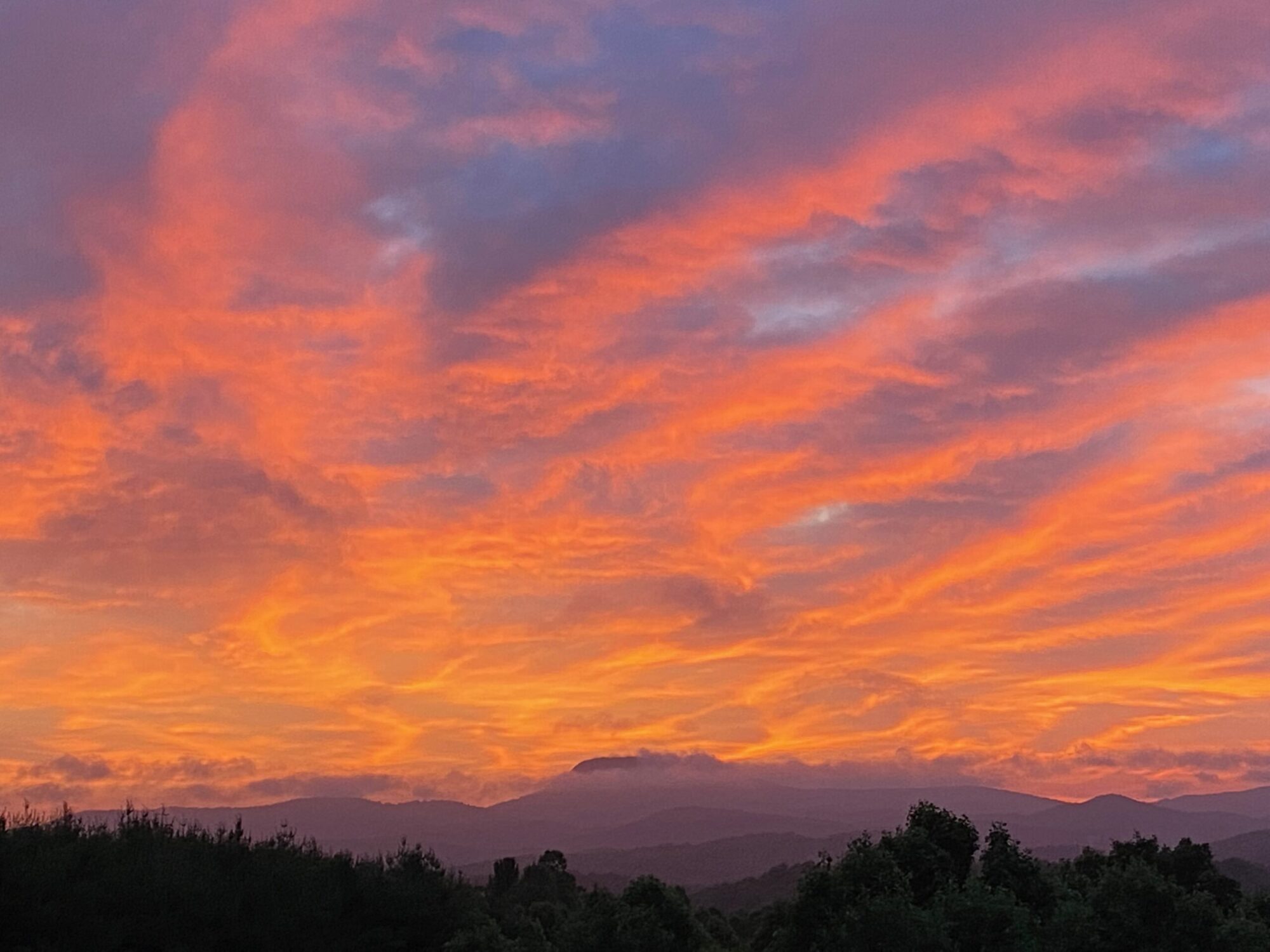
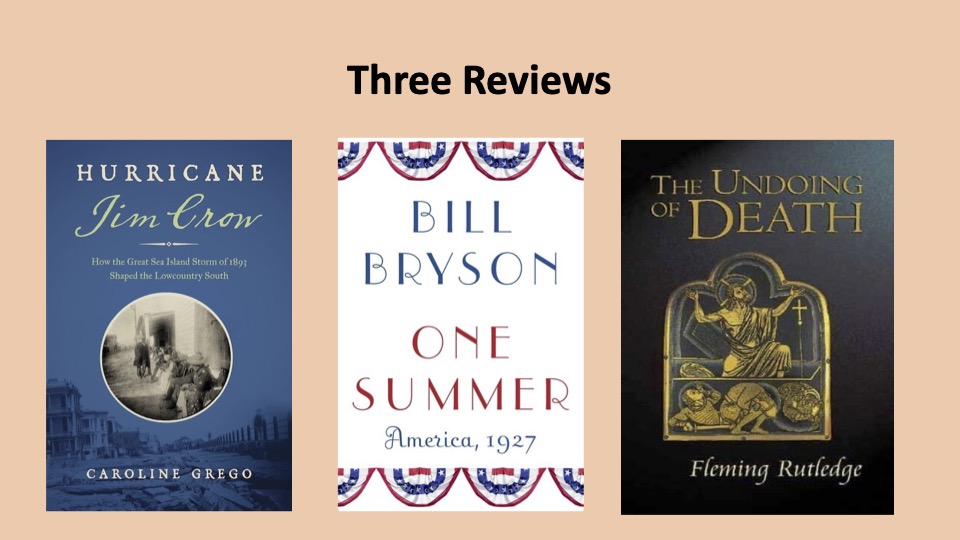
Ooh, that Bryson book is on my wishlist! I really enjoyed his book about the 1950s (and many of his others).
Bill Bryson is great; I always enjoy your descriptions and have been known to read many you’ve chosen! Our Easter was wonderful, family, animals, excellent food, and of course an amazing scavenger hunt! Enjoy the rest of your weekend!
Once again, your reviews make me want to read all of them! Especially Bryson – whom I have come to love.
Sage
I love to read Bill Brysons books and certainly will look up Ruthlidges book.
Again thanks so much for your reviews
timm
I think you’d enjoy both books! Rutledge has become one of my favorite preachers to read.
Sounds like 3 interesting books.
they’re all good and different!
They all sound like fascinating reads, Jeff, but One Summer captures my interest the most. Thanks for sharing.
One Summer is a good book. Bryson is a master at connecting together stories.
One Summer sounds interesting. I am fascinated by how different aspects of history are more connected than we often realize, and how so many important, seemingly unconnected events can take place very short periods of time. Sounds like a great read/listen.
Everything I’ve read by Bryson has been good. He does a wonderful job of weaving together the stories.
I always enjoy your reviews even when our taste in reading differs. Bryson–we are spot on. Have read many of his books, but not this one. Thanks for the overview.
I would think that you’d enjoy Bryson. Rutledge’s book is good if one wants to dig deep into theology of the cross. Hurricane Jim Crow, I would guess, was her doctoral dissertation
I have to read the second one, sounds perfect 😀
I hope you enjoy it, Kinga
I read and enjoyed the Bryson book some time ago. By the way, I purchased the Rick Bragg book about his dog and started it at a track meet the other night while waiting for things to get away. Somehow, I got up and walked out later without it and when I went back the next day, it was gone. I can’t recall every leaving a book behind my entire life. So now I have my second copy ordered. Hopefully I won’t lose it.
that’s a bummer about Bragg’s book–as it’s a fairly short one, but a well told story, too.
An eclectic bunch, but they all sound good!
I try to read all types of books 🙂